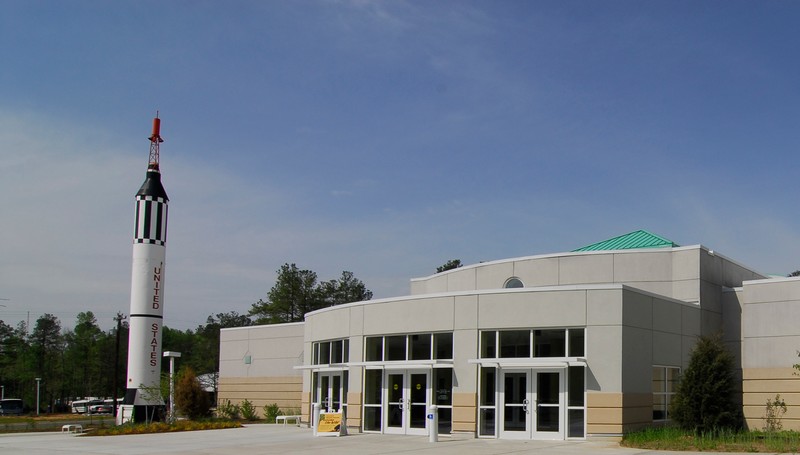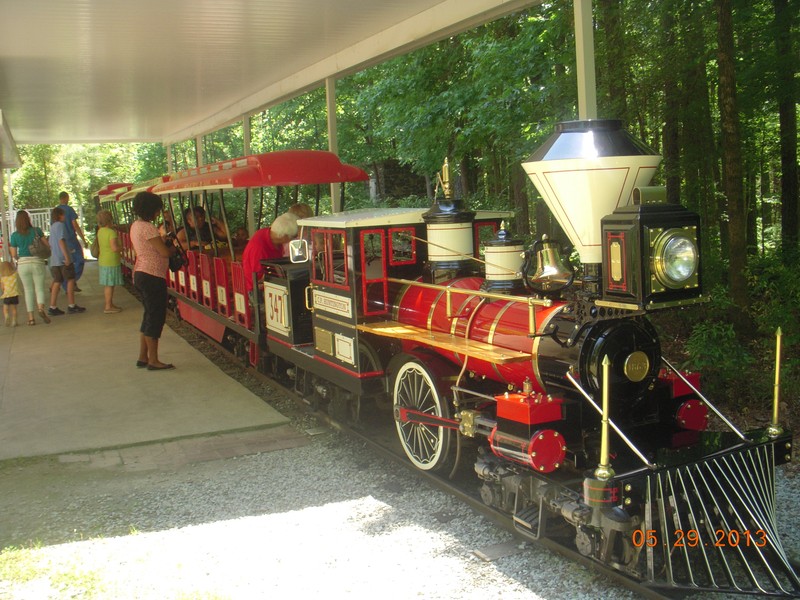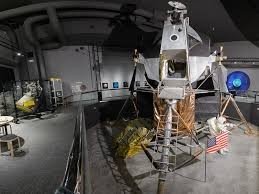Museum of Life and Science
Introduction
Text-to-speech Audio
Images
The Museum of Life and Science

There is also a mini train that visitors can ride

Immerse yourself in the popular Lunar Lander exhibit!

Backstory and Context
Text-to-speech Audio
The museum’s “Dinosaur Trail” showcases the late Cretaceous
Period through lifelike models of dinosaurs set up along an outdoor trail. The
Cretaceous Period is often called the last era in which dinosaurs roamed the
Earth. It was also during this time that flowering plants first began to grow.
Although this period marked the end of the age of dinosaurs, new dinosaurs
still emerged during this time, including the ceratopsian and the
pachycepalosaurid. Dinosaurs such as the triceratops are considered
ceratopsian. They were ornithischians. This classification has to do with their
hip structure and means that their pubis pointed backward, as the pubis of
birds does.
Sources
"Aerospace," Museum of Life and Science, http://www.lifeandscience.org/aerospace
"Alan Shepard," Biography.com, http://www.biography.com/people/alan-shepard-37917 http://www.space.com/19505-space-monkeys-chimps-history.html
"The Cretaceous Period," University of California Museum of Paleontology, http://www.ucmp.berkeley.edu/mesozoic/cretaceous/cretaceous.php
"Introduction to the Ceratopsians," University of California Museum of Paleontology, http://www.ucmp.berkeley.edu/diapsids/ornithischia/ceratopsia.html
